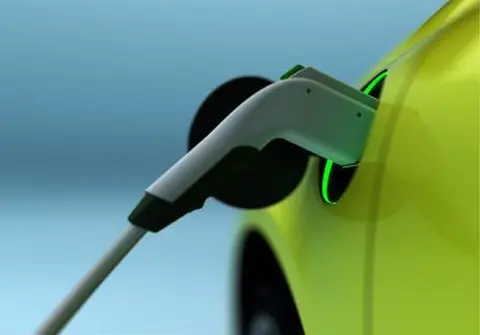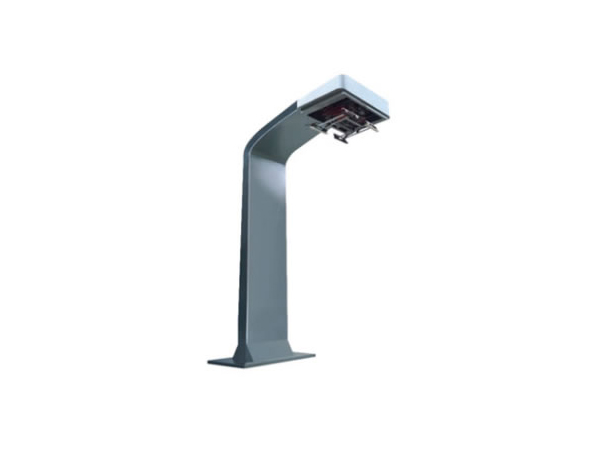-
13822183778@139.com
-
13822183778
Installation guide for household new energy charging piles
1、 Detailed explanation of installation conditions
(1). Conditions for Parking Spaces
Require to have a fixed parking space (property rights or lease term exceeding six months) and ensure that the parking space area is sufficient to accommodate charging stations and related equipment. For rental parking spaces, explicit consent from the property management is required before installation, and some communities may limit installation to only property owned parking spaces.
(2). Property permit
You need to submit an application to the property management office and obtain the 'Charging Pile Installation Consent Form'. Some properties may require construction plans and qualification certificates from the construction party.
(3). Power conditions
In terms of power supply selection, one can choose to install a dedicated electricity meter with the power grid company (enjoying preferential electricity prices), obtain electricity from a dedicated transformer in the community (with the consent of the property management), or obtain electricity from within a self built residential building (ensuring sufficient capacitance). The installation of electricity meters needs to be reviewed by the power supply company, and for some old residential areas, it may be necessary to upgrade the power facilities.

2、 Cost analysis
(1). Overview of basic expenses
The power grid company will provide free electricity meters and installation services, but if the cable cost exceeds 30 meters, it must be paid at the market price, which is approximately 50 to 100 yuan per meter. As for the construction cost, the first installation is usually free, and the related expenses are covered by car gifts or brand services. However, in case of complex wiring or additional requirements, an additional expenditure of about 500 to 2000 yuan may be incurred.
(2). Equipment cost analysis
The price of charging stations varies depending on the power and brand. The price of AC charging stations (slow charging) is approximately between 2000 and 6000 yuan, while DC charging stations (fast charging) require tens of thousands of yuan in investment. For general household use, it is recommended to choose a 7kW AC pile.
(3). Potential expenditure precautions
In the case of insufficient capacity in the community, it may be necessary to share the cost of capacity expansion, and the specific amount depends on the actual situation.
3、 Installation process
(1)Application process:
Communicate with property management: Prepare parking proof, ID card, and purchase contract materials, and submit necessary documents to obtain installation permits.
Electricity installation application: Apply for a dedicated electricity meter through the State Grid APP or at the business hall, and prepare a property consent form and parking proof during the process.
(2). Construction steps:
Electricity meter installation: The power grid company will complete the installation within 3 working days. To save cable costs, it is recommended to install the electricity meter near the parking space.
Charging pile installation: A professional construction team will be responsible for laying the lines, fixing and debugging the equipment, and coordinating with the property management to determine the construction time.
(3) Acceptance process: The power company will test parameters such as voltage and current, and after passing the inspection, issue power cards and connect them to the grid.
4、 Usage tips and precautions:
Charging optimization:
Valley electricity utilization: Charging is set at night (such as 22:00-8:00) to reduce costs during the low valley period of the tiered electricity price.
Power adaptation: Home slow charging (7kW) is more beneficial for battery life, avoiding frequent use of fast charging in non emergency situations.
Security maintenance:
Regularly check whether the cables are aging, whether the interfaces are loose, and pay special attention to waterproofing during the rainy season.
When charging, follow the operating procedures and avoid pulling out the gun or starting the vehicle to reduce the risk of electric shock.
 How long does it take to charge ···
How long does it take to charge ···
 DC Fast Charging CCS type 2 plug
DC Fast Charging CCS type 2 plug
 The high-voltage and high-curren···
The high-voltage and high-curren···


